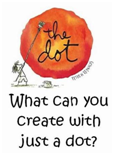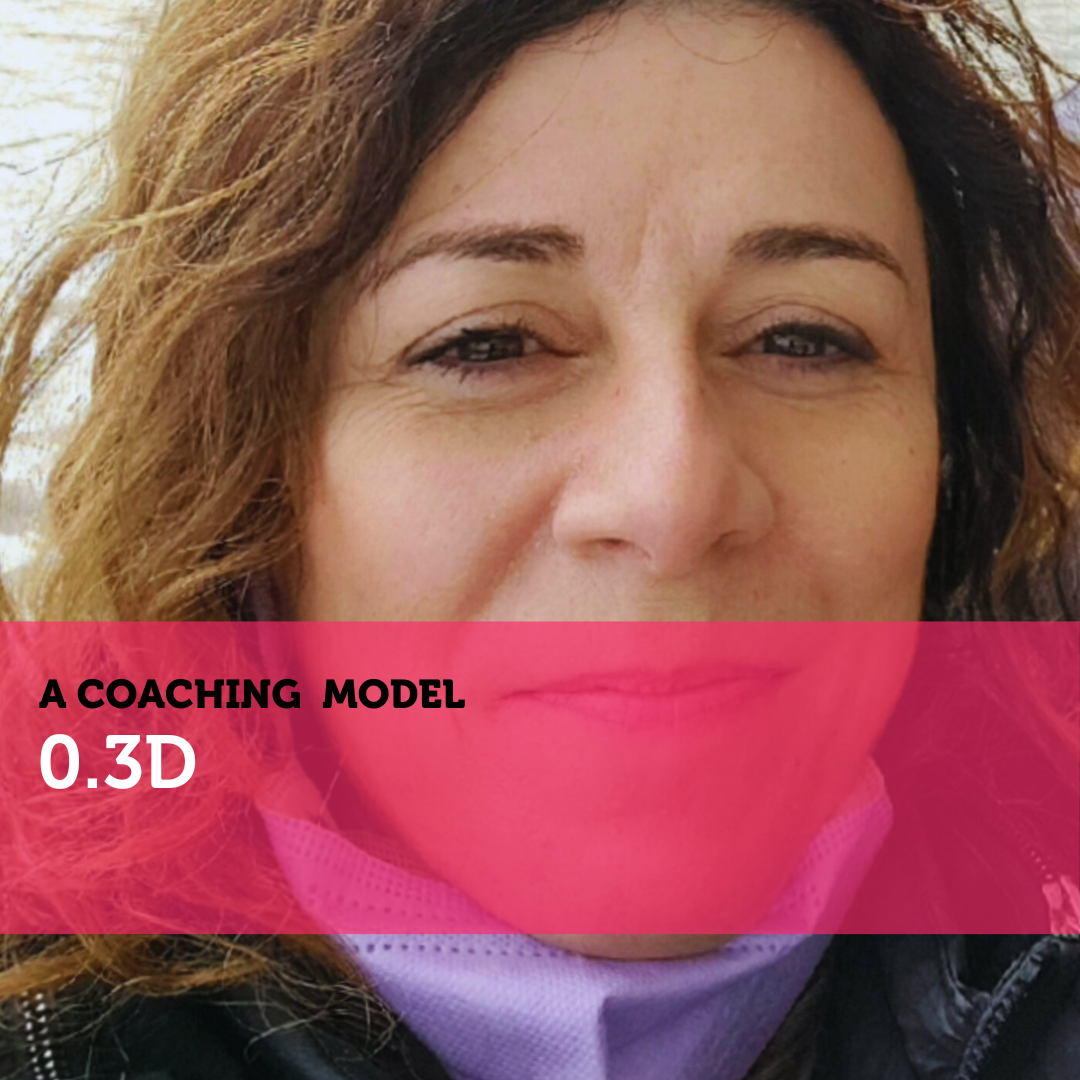A Coaching Model By Natasa Matsitelli, Life & Transition Coach, SWITZERLAND
0.3D Inspiration
The concept of three dimensions is the foundation of the 0.3D Transition coaching model. A three-dimensional look at things means looking at them from different angles or perspectives. This aids in better understanding the object or issue you are examining. Alternatively, adding a new dimension to a topic means looking at it differently. Adding a new element can create or improve the original situation, problem, or viewpoint. Dimensions represent other aspects that shape our reality.
In coaching, unearthing new dimensions can help shed light on the multifaceted self and bring forward perspectives, beliefs, and thought patterns that are more empowering for the individual. Adding new dimensions to a situation is a creative approach that helps generate new ideas, experiences, and solutions. As a result, it helps us gain a fresh outlook on life, broaden our horizons, and enhance our creativity. From this space, all possibilities are available.
The 0.3D Coaching Model
0.3D transition model Zero point-Dream Life-Dig Deep-Design
Life transitions can be challenging and overwhelming, but they can also be opportunities for growth and transformation. The 0.3D Transition Coaching Model is a framework designed to help individuals navigate life transitions with clarity and confidence. The model brings new dimensions to the current reality, progressively aiding the movement to the desired state of being. This is achieved by exploring four elements: Zero point- Dream Life- Dig Deep-Design.
The Zero point represents the current state of one’s life. Acknowledging and accepting where you are now without judgment or resistance is essential. The Dream Life represents the vision of the ideal future. Imagine and articulate what you genuinely desire without limitations and doubts. The Dig Deepis where you explore the gap between the zero point and the dream life. Understanding and challenging the motivations, feelings, beliefs, and values that drive or hinder the transition is crucial. The Design element is where you create the plan to bridge the gap and achieve your dream life. It involves setting and prioritizing realistic and meaningful goals, actions, and strategies that support your transition.
The 0.3D Transition Coaching Model is not a linear or rigid process but a dynamic and flexible one. All elements can be explored in sequence and/or in any order deemed necessary for the client. Each model element reveals new dimensions, perspectives, and aspects of the individual’s current reality.
The model provides a structure that can be used for the whole coaching relationship and the individual sessions, ensuring coherence and continuity. It helps connect the dots of emotions, thoughts, beliefs, and desires and identify the shifts required to move from one state of being to another.
The model sheds light on different facets of a person’s reality and, all put together, shows the path ahead. Making your life transition a positive and rewarding experience.
Zero Point

The Zero Point is the starting point of the coaching journey and explores the current reality of one’s life. When disruptive events occur, people are surprised by their responses. A surge of emotions and thoughts arises, creating an imbalance in their lives and their self-perception. A typical response is to avoid looking beneath the surface and deep dive into the uncomfortable emotions. However, investing time to reflect on the feelings, thoughts, and fears around the situation is the cornerstone to addressing transitions. However painful, it is a valuable opportunity for personal growth and transformation.
The coaching space allows for the “untangling of the knot.” Building a non-judgmental and trusted relationship is a crucial foundation. This creates a safe environment where the client feels comfortable sharing their deepest thoughts and feelings. By openly discussing their situation, clients begin to gain insight and perspective on what needs to be addressed. This phase will highlight the issue to be tackled and determine the direction they want to take. Defining the goal in detail is critical to the success of the entire process.
Dream Life

Dream life is part of the exploration where the client is invited to step out of their current thinking and dream of a life where all challenges and limitations have been overcome. Imagining the ideal outcome and how the aspired life will look and feel, clients can connect with a higher energy and tap into their wisdom, passions, desires, and unspoken dreams to create a picture of the life they wish to have.
Visualization and viewing your best life are powerful techniques for this part of the session. They help clients tap into the energy of limitless possibilities and create a clear vision of their desired future. This is also the space to determine the shifts in perspectives, behaviors, and actions required to move toward their ideal life. Through exploring the Dream Life element, clients can gain clarity and feel motivated to achieve their goals and create a positive and rewarding life transition.
Dig Deep

Dig Deep is the part where deep work and reflection take place to identify gaps between where the client currently stands and where they aspire to be. Supporting the client in uncovering the inner traits that are inherent to them can aid in a better understanding of who they are and what matters most to them. Understanding if these traits are helping or hindering them from achieving their dream life is equally essential to begin the design phase.
Identifying core values helps articulate what is most important for the client and guide their choices in life. Uncovering limiting beliefs will shed light on the convictions underpinning their behaviors and hindering movement. Realizing behavioral, emotional, or mental strengths will bring forward the areas in which they excel, which can be used as tools for the change they wish to bring about. Recognizing patterns in their approach, whether positive or negative, will help create awareness and allow clients to make conscious choices to retain, change, or alter them. This self-understanding will bring insights into the gaps that must be addressed to move to the defined dream life.
Design Your Way

Design Your Way is about action, taking steps towards the aspired life or way of being. It involves identifying the actions and behavior changes necessary to instill new learnings of self and reframed perspectives in one’s life. Identifying the support systems available to aid this movement is paramount.
Creating a plan with clear actions also requires understanding potential barriers and setbacks and being prepared to address them. Design your way is not the end of the process. Depending on the readiness of the client to move forward, the plan may need adjustments and reiteration as the client progressively implements actions and commitments to self. Supporting the clients through the process also includes allowing for further investigation of misalignments in their values and beliefs. This iterative approach builds on previous insights, helping clients progress toward their goals and embracing the transition as a growth process.
Learn How to Create Your Own Coaching Model
Your Coaching Model reflects your values,
philosophies, and beliefs and must communicate who you will coach
and the problems you will solve. Read more about creating your coaching model
